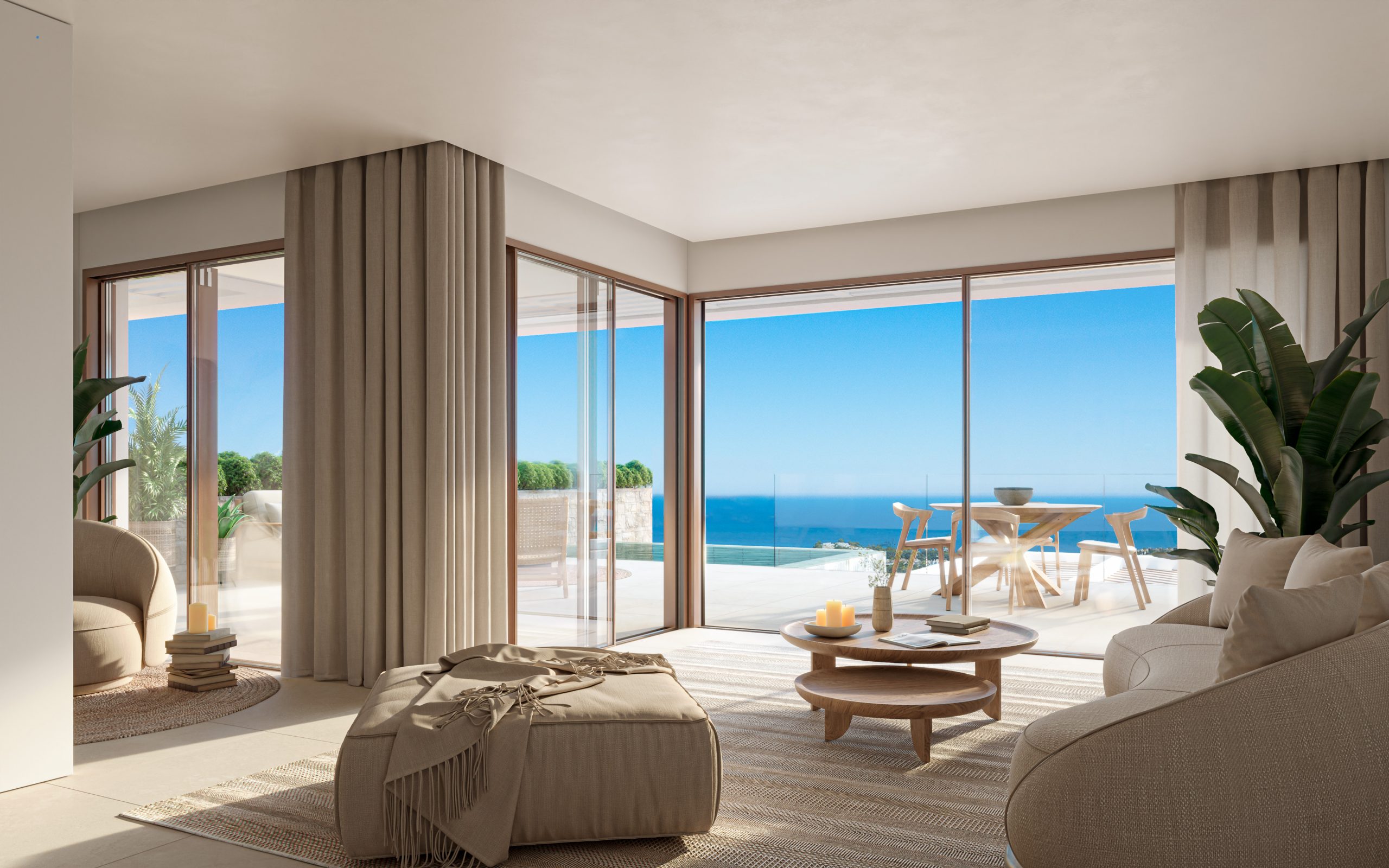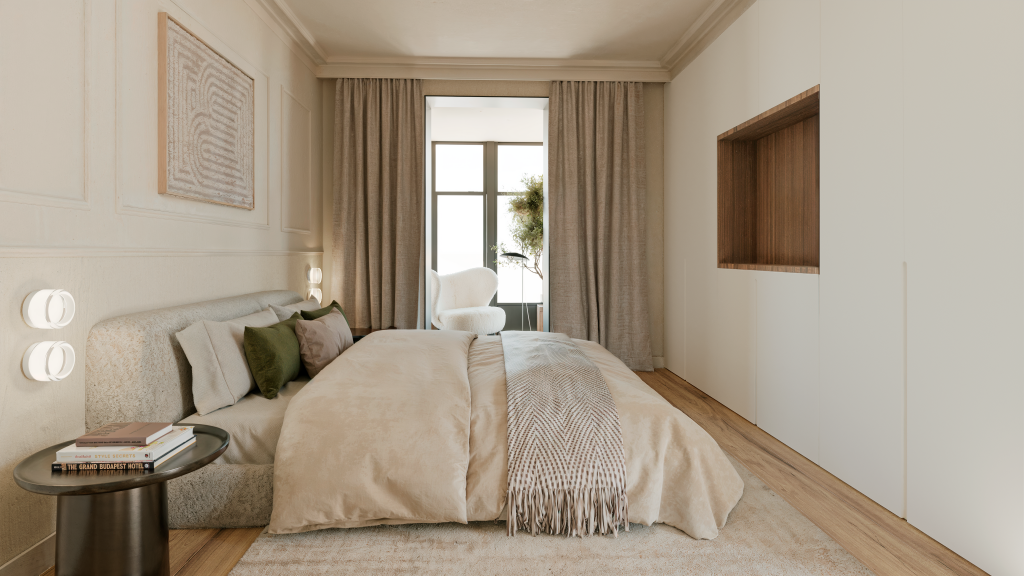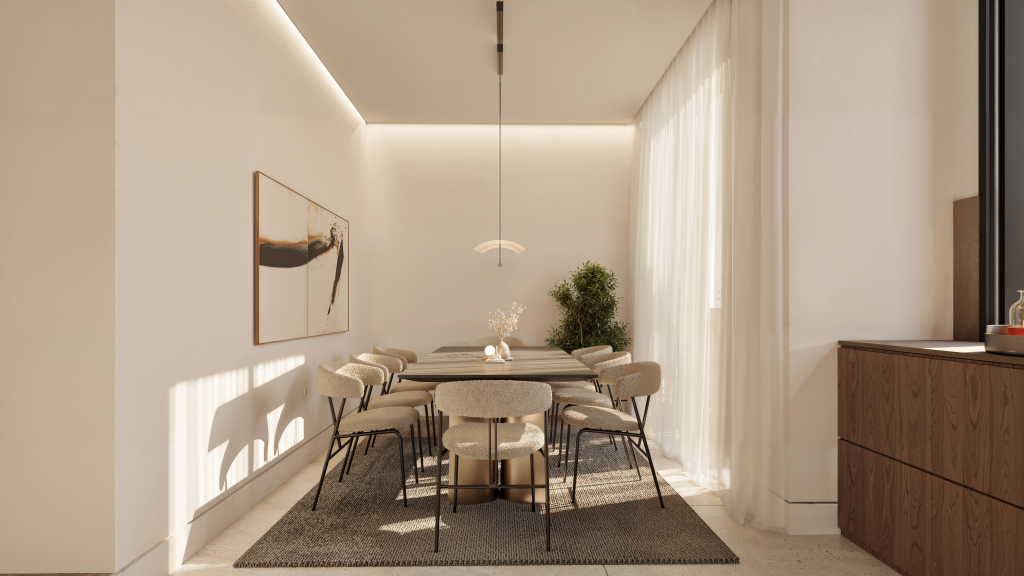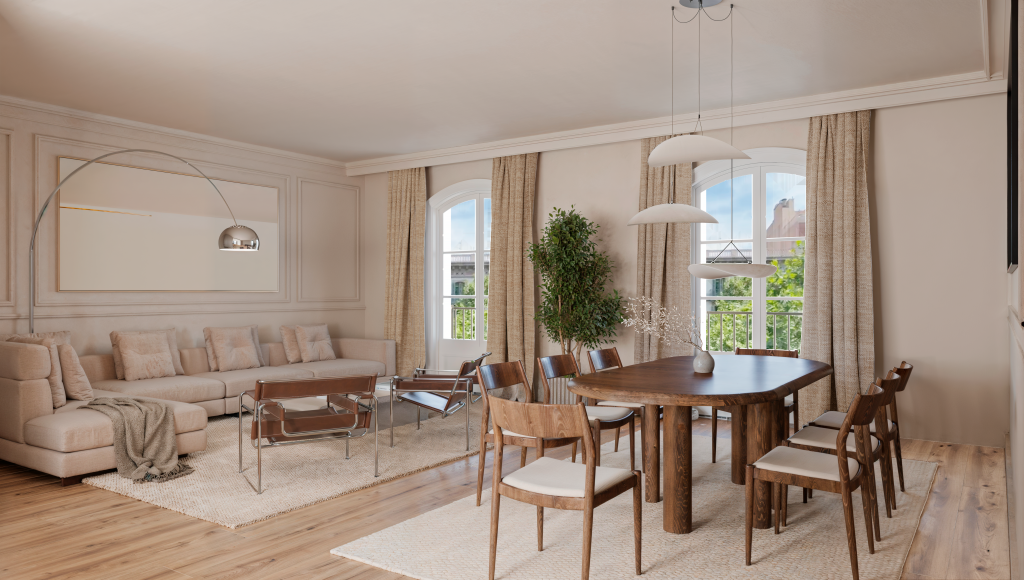In today’s listing feeds, buyers make decisions in seconds. That’s why Rendering has moved from “nice to have” to core sales infrastructure for real-estate teams.
A render is a hyper-real Visual produced from a 3D model, allowing you to present a yet-to-be-built home—or a renovation—in market-ready form. Unlike photography, you control every variable: layout, finishes, lighting, and mood.
For presales and value-add projects, that control is decisive.
Home Staging vs. Rendering: Use Both, for Different Jobs
Traditional staging improves a finished space with furniture and styling. It works when the property is built and accessible. Rendering extends that playbook.
With Interior design renders, you can show an empty or under-construction apartment fully furnished in modern, classic, or minimalist styles, matched to your target buyer. Materials, textures, and layouts can be swapped instantly to test positioning.
Exterior House renders do the same for new developments, clarifying façade design, finishes, and neighborhood fit—so marketing can start before ground is broken.
The best teams combine them: physical staging for move-in-ready units; Property CGI to commercialize projects still on the drawing board.
Why Image Quality Shortens Sales Cycles?
Listings live or die on first impression. High-quality CGI property images remove common friction: empty rooms that feel cold, building sites that are hard to imagine, or dated finishes that mask potential.
Precise Property visuals guide attention to value drivers—light, flow, materials—so buyers can picture themselves in the space.
Practically, that means fewer wasted viewings, more qualified inquiries, and stronger pricing power because the narrative is under your control.
Virtual Tours: From Static Preview to Immersive exploration
Static renders set the tone; an interactive tour seals it. A web-based walkthrough lets prospects explore rooms, inspect details, and understand circulation before they book a visit. It doesn’t replace a viewing—it qualifies it. Buyers arrive informed, ask sharper questions, and move faster. For agents and developers, that translates into leaner pipelines and cleaner forecasting.
In a market dominated by images, CGI—from interiors and exteriors to motion and virtual tours—is now a strategic asset, not an accessory. Teams that integrate Rendering into their marketing stack reduce time-to-sale, de-risk presales, and inspire confidence from buyers and investors alike.
FAQs
What’s the difference between Rendering and photography?
Photography captures what exists. Rendering builds a 3D model and produces a controllable Visual—ideal for projects in design, renovation, or early construction.
Where does CGI add the most value?
Presales, off-plan marketing, and repositioning. Property CGI clarifies intent early; CGI property images highlight finishes and light; exterior House renders communicate massing and curb appeal.
How do interior choices get decided?
Through a lightweight Interior design brief. We align on style, materials, and target buyer, then produce options—each a precise Virtual staged image—so you can pick the direction with confidence.
Is Virtual Home Staging the same as Rendering?
They’re related. Virtual Home Staging (a form of Virtual Staging) dresses real photos digitally. Full Rendering starts from a 3D model, enabling layout changes, structural tweaks, and new camera angles that photos can’t provide.
What deliverables work best across portals and microsites?
A focused pack: hero Property visuals, detail crops for materials, plan overlays, exterior House renders, and an interactive tour. This set raises time-on-page and improves lead quality.
How do I keep revisions under control?
Agree on a visual brief, share reference imagery, and lock key viewpoints early. Iterations then target materials and lighting—not fundamentals—so CGI stays predictable on timeline and budget.
